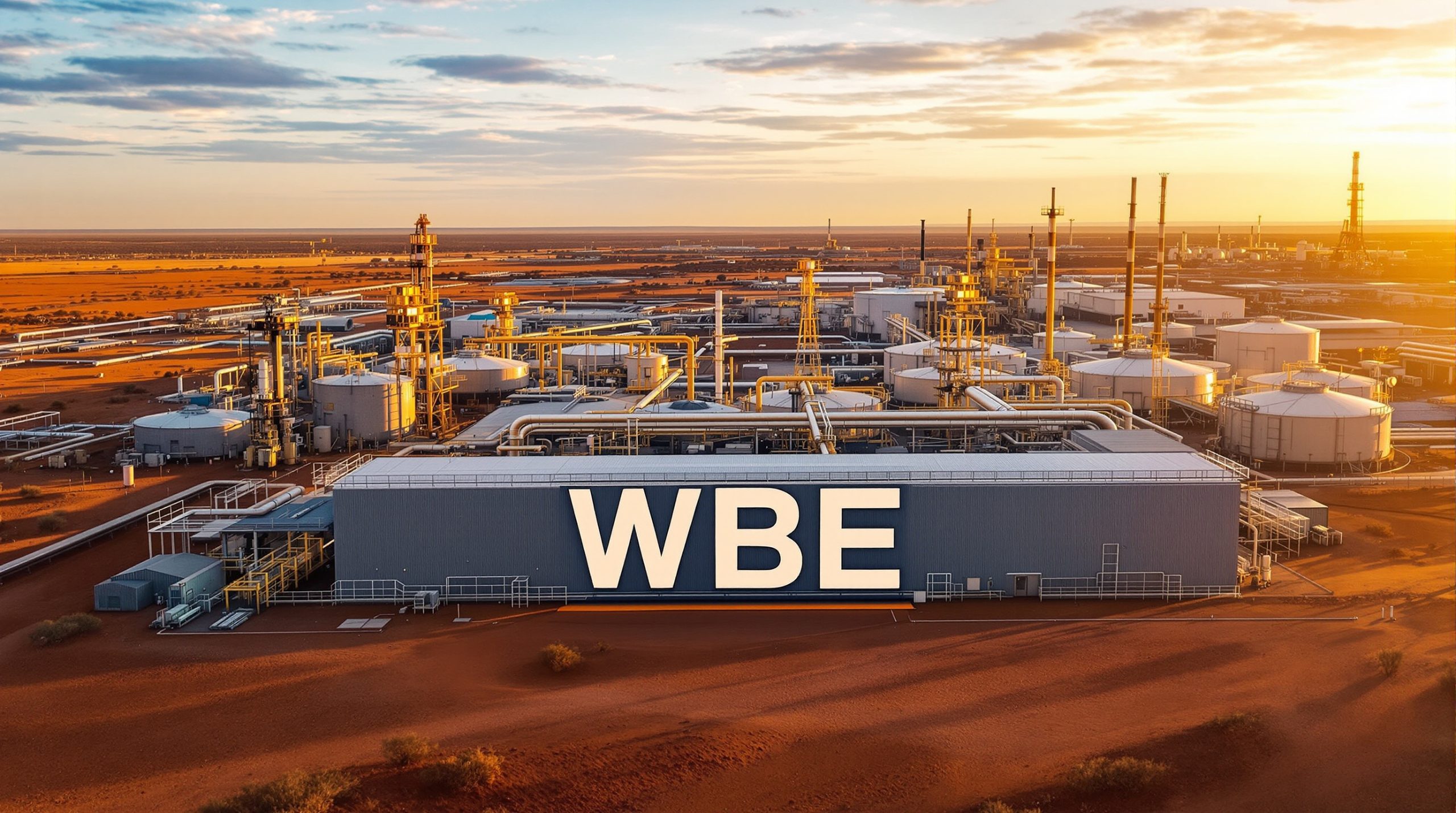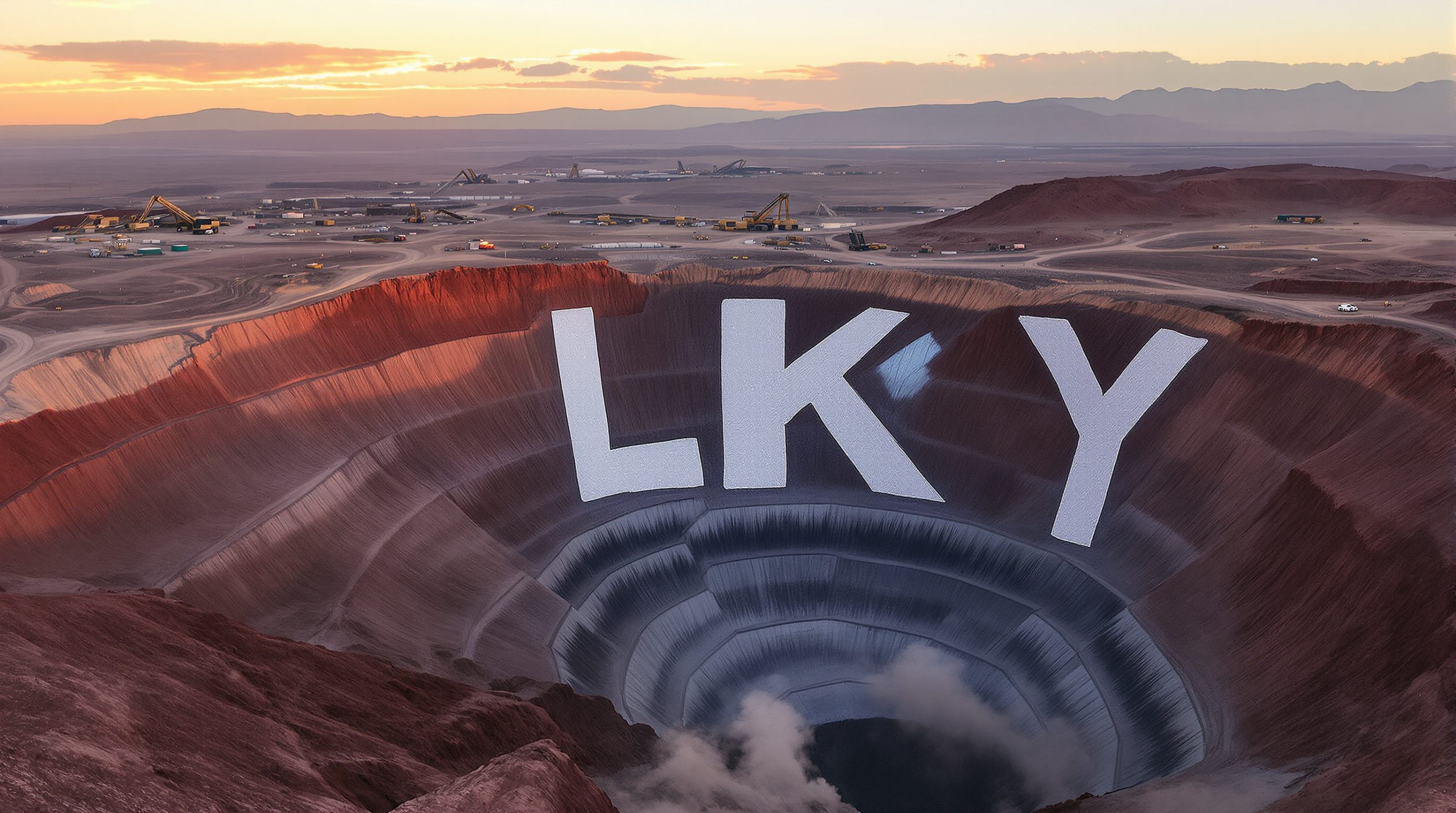Litchfield Minerals Delivers Massive 200-Metre Discovery
Litchfield Minerals Limited has achieved a breakthrough at its Oonagalabi project in the Northern Territory, with hole OGRC014 intersecting 200 metres of continuous copper-zinc mineralisation. This copper-zinc discovery at Litchfield Minerals Ltd marks a significant step forward for the critical minerals explorer, demonstrating both the scale and continuity of the mineralised system.
The standout intersection includes 189 metres averaging approximately 1% chalcopyrite and 1.5% sphalerite from 36 metres depth, delivering a combined Cu + Zn content exceeding 1.0% across the full interval. Within this impressive zone, visual logging identified a 59-metre high-grade core containing approximately 2% chalcopyrite and 3% sphalerite.
High-Grade Core Validates System Scale
| Key Metrics | Details |
|---|---|
| Total Mineralised Zone | 200 metres continuous |
| Primary Sulphide Zone | 189 metres (36-225m depth) |
| High-Grade Core | 59 metres at ~2% cpy + ~3% sph |
| Strike Length Potential | >300 metres (between holes) |
| Vertical Extent | >180 metres confirmed |
The geological significance extends beyond individual drill results. OGRC014, positioned 170 metres north of hole OGRC010, confirms strike continuity exceeding 300 metres with vertical extent surpassing 180 metres. This spatial distribution suggests a large-scale mineralised system with exceptional continuity.
Furthermore, this copper-zinc discovery at Litchfield Minerals Ltd demonstrates the company's systematic approach to targeting and exploration. The intersection validates the geological model that guided the drilling programme, providing confidence for future exploration activities.
Managing Director Matthew Pustahya commented:
"Hole 14 has delivered in a big way with +200m of logged mineralisation, including a logged ~59m interval around 2.5% Cu+Zn content which shows further scale and grade in a single hit. We've now demonstrated >300m of strike and 200m of vertical continuity."
The oxide zone above the primary sulphides hosts a 23-metre section containing approximately 1% malachite, indicating strong surface expressions of the underlying copper system.
Understanding Polymetallic Zonation: A Geological Primer
Polymetallic zonation refers to the systematic distribution of different metals within a mineralised system, typically reflecting temperature gradients and fluid chemistry during formation. In copper-zinc systems, this zonation provides valuable targeting intelligence.
Why Zonation Matters for Investors:
- Zinc-dominant zones often peripheral to copper-rich cores
- Zonation patterns vector toward highest-grade centres
- Metal distribution indicates system maturity and size
- Exploration efficiency improved through understanding metal gradients
OGRC014's zinc-dominant character suggests proximity to a copper-rich core, making it a highly effective pathfinder for future drilling campaigns. This geological phenomenon occurs when hydrothermal fluids deposit metals at different temperatures and distances from heat sources, creating predictable patterns that guide exploration efforts.
The presence of chalcopyrite (copper iron sulphide) and sphalerite (zinc sulphide) in such substantial quantities indicates a robust hydrothermal system capable of transporting and concentrating metals over considerable distances. Furthermore, the 189-metre primary sulphide zone demonstrates that the system operated for extended periods, allowing for the development of thick, continuous mineralisation.
Bomb Diggity Results Support Regional Fertility
Hole OGRC013 at the Bomb Diggity target delivered encouraging results, intersecting 40 metres of disseminated chalcopyrite, pyrite and pyrrhotite in the upper sections. This intersection validates the geophysical targeting approach and confirms the area's mineralisation potential.
Geological Significance:
- Coincident magnetic-gravity-conductivity anomalies support dense, magnetic intrusive centres
- Disseminated copper-iron sulphides demonstrate active fluid flow
- 40-metre mineralised footprint provides vectors toward higher-grade accumulations
The alignment between sulphide intersections and geophysical models strengthens confidence in the targeting methodology across the broader project area. The presence of pyrrhotite (iron sulphide) alongside copper mineralisation indicates reducing conditions favourable for metal precipitation and preservation.
Importantly, both holes OGRC009 and OGRC013 at Bomb Diggity experienced steepening during drilling and consequently failed to adequately test the main magnetic target. The area remains highly prospective, with high-definition induced polarisation and ground electromagnetics scheduled to refine conductor geometry and sharpen drill vectors for follow-up drilling.
Strategic Exploration Timeline Accelerating
Litchfield has outlined an aggressive exploration schedule designed to capitalise on recent discoveries. This comprehensive programme builds upon the successful copper-zinc discovery at Litchfield Minerals Ltd, aiming to expand the known mineralisation footprint significantly.
November 2024 Activities:
- High-definition Induced Polarisation commencing 1st November
- Ground electromagnetics starting mid-November
- Step-out drilling 300 metres south of OGRC010
- Four additional holes planned to complete current programme
Key Upcoming Catalysts:
| Timeline | Activity | Significance |
|---|---|---|
| 10 days | Hole 10 assay results | Grade confirmation |
| November | IP/EM geophysics | Target refinement |
| November | Step-out drilling | Strike extension testing |
| 5 weeks | OGRC014 assays | Grade validation |
The November step-out hole, positioned 300 metres southwest of OGRC010, represents a critical test of system continuity. Success would establish a 600-metre corridor of high-grade mineralisation, significantly expanding the known footprint of the Oonagalabi system.
The integrated approach combining drilling with advanced geophysical techniques demonstrates management's commitment to systematic exploration. The high-definition induced polarisation survey will map chargeability anomalies associated with sulphide mineralisation, while ground electromagnetics will detect conductive bodies at depth.
Investment Thesis: Scale Meets Continuity
Litchfield Minerals presents a compelling investment proposition based on several key factors that distinguish it within the critical minerals sector. The copper-zinc discovery at Litchfield Minerals Ltd showcases exceptional characteristics that position the company favourably among its peers.
Discovery Scale:
- 200-metre continuous mineralisation demonstrates exceptional thickness rarely seen in early-stage exploration
- >300-metre strike length with >180-metre depth confirms substantial system dimensions
- High-grade core zones nested within broader mineralised envelope indicates potential for selective mining
Exploration Momentum:
- Systematic drilling approach targeting 600-metre corridor extension
- Advanced geophysical programmes refining drill targeting accuracy
- Multiple prospects across 145.3 km² tenure package reducing single-target risk
Strategic Location:
- Northern Territory critical minerals jurisdiction with established mining framework
- 125 kilometres northeast of Alice Springs infrastructure providing logistical advantages
- Established pastoral lease access facilitating exploration activities
Technical Validation:
- Geological model supported by consistent drilling results across multiple holes
- Zinc-dominant zonation vectoring toward copper-rich centres based on established metallogenic principles
- Geophysical signatures confirmed by mineralisation intersections validating targeting methodology
The Oonagalabi discovery demonstrates characteristics consistent with world-class polymetallic systems. The combination of substantial thickness, strike continuity, and nested high-grade zones suggests potential for a significant mineral resource upon completion of systematic drilling programmes.
Why Should Investors Follow Litchfield Minerals?
Litchfield Minerals has transitioned from exploration concept to discovery validation in a remarkably short timeframe. The company's systematic approach to targeting, combined with exceptional drill results, positions it as a standout opportunity in the critical minerals sector.
Competitive Advantages:
- Large-scale mineralised system with demonstrated continuity across multiple drill holes
- Multi-target project reducing single-asset risk through diversified exploration portfolio
- Experienced management executing systematic exploration programmes with measurable results
- Strategic jurisdiction in established mining region with supportive regulatory framework
The upcoming assay results from OGRC014 will provide definitive grade confirmation for the 200-metre intersection. Combined with the planned 600-metre corridor testing, Litchfield is positioned to deliver multiple value catalysts through the remainder of 2024.
What Makes This Discovery Different?
The technical characteristics of this discovery set it apart from typical early-stage exploration results. However, several factors contribute to its exceptional nature and investment appeal.
Technical Risk Mitigation:
- Multiple mineralised zones identified reducing geological risk
- Geophysical validation of targeting methodology
- Systematic drilling approach maximising discovery probability
- Experienced geological team with proven track record in similar systems
Near-term Share Price Catalysts:
- OGRC010 assay results (10 days) providing grade confirmation
- OGRC014 assay confirmation (5 weeks) validating visual estimates
- Step-out drilling results (November) testing corridor extension
- Expanded resource definition (Q1 2025) following systematic drilling
The Northern Territory location provides additional advantages through established mining infrastructure, supportive government policies for critical minerals development, and proximity to existing processing facilities. The region's geological setting within the Harts Range has produced several significant mineral deposits, indicating favourable metallogenic conditions.
In addition, the company's diversified exploration portfolio across 145.3 km² of tenure reduces single-asset risk whilst maintaining exposure to multiple discovery opportunities. This strategic approach provides investors with balanced risk-reward characteristics typical of successful exploration companies.
Investment Takeaway:
Litchfield Minerals has demonstrated exceptional discovery success at Oonagalabi, with 200-metre continuous mineralisation validating a large-scale copper-zinc system. The combination of proven scale, systematic exploration approach, and multiple upcoming catalysts makes LMS a compelling opportunity for investors seeking exposure to critical minerals exploration success.
Key Metrics Summary:
- ASX Code: LMS
- Market Focus: Critical minerals (copper, zinc, uranium)
- Project Location: Northern Territory, Australia
- Tenure: 145.3 km² across multiple prospects
- Current Status: Discovery validation and expansion drilling
The Oonagalabi system represents the type of discovery that can transform junior exploration companies into significant mineral resource developers. With systematic exploration continuing and multiple catalysts approaching, Litchfield Minerals warrants close attention from investors seeking exposure to Australia's critical minerals sector.
Ready to Explore This Critical Minerals Discovery Opportunity?
Litchfield Minerals' exceptional 200-metre copper-zinc discovery at Oonagalabi represents a significant breakthrough in critical minerals exploration. With multiple upcoming catalysts including assay results, expanded drilling programmes, and systematic resource definition, LMS offers investors exposure to a large-scale mineralised system with demonstrated continuity and high-grade potential. To access detailed project information, corporate presentations, and stay updated on this rapidly advancing discovery story, visit www.litchfieldminerals.com.au and discover why this Northern Territory explorer is capturing attention in the critical minerals sector.




